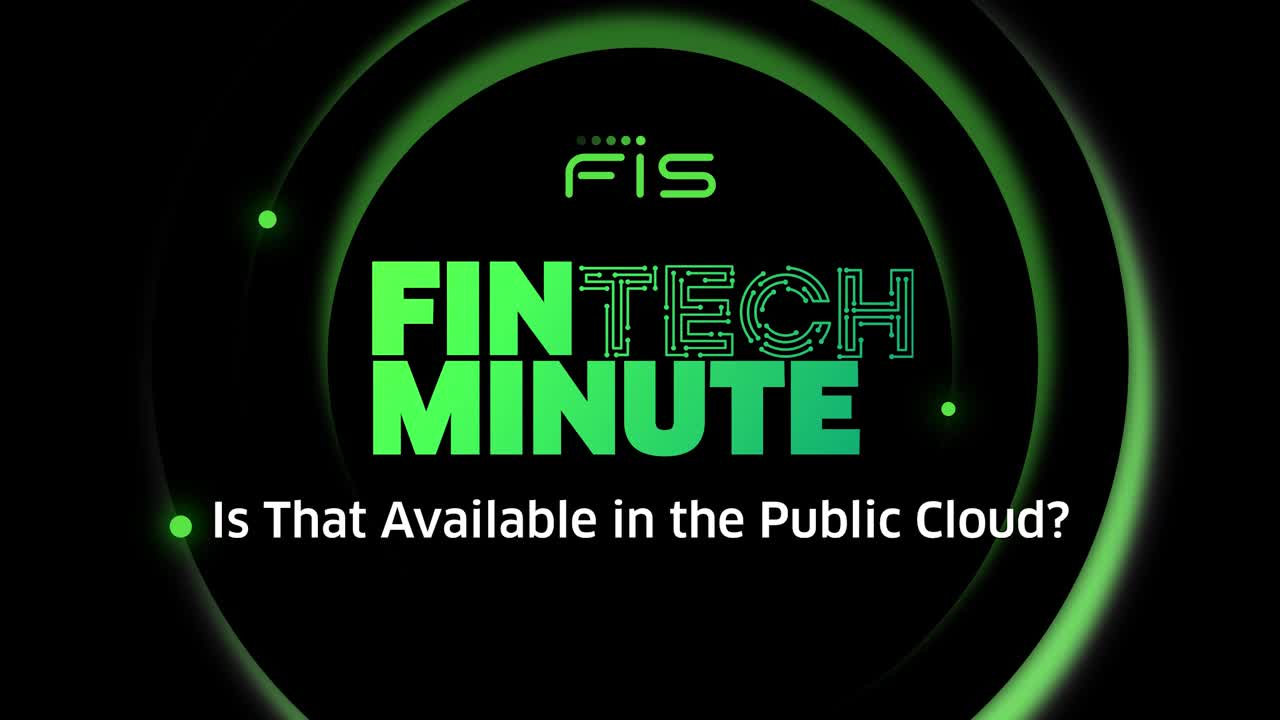Welcome to Fintech Insights
From the latest trends in risk management to the intricacies of AI and machine learning, we have you covered. Explore our articles, reports, videos and podcasts for in-depth analysis and expert insights.
Risk management strategies to help tackle 2025’s biggest challenges
Learn about 2025 risk management trends, AI-driven tools and strategies to help mitigate financial, operational and climate-related risks.
Proven strategies to drive successful bank mergers
Optimize your bank’s M&A strategy with insights on IT integration, fraud protection and building a best-of-breed banking ecosystem.
Smart strategies for improving cost control, efficiency and sustainable growth
Explore strategies to help cut costs, enhance efficiency and drive growth using AI, automation, cloud solutions and smart investments.
Executive Thought Leadership Program
Tackle industry hurdles through technology
Despite rising barriers, technology helps keep finances flowing. Unlock executive-driven insights for solving the industry’s toughest challenges through technology in our Executive Thought Leadership Program.
Unlock the seriesFintech Insights series

Are rising barriers limiting your growth potential?
Unlock executive-driven insights for solving the industry’s toughest challenges through technology in our Executive Thought Leadership Program.
Unlock the series
















